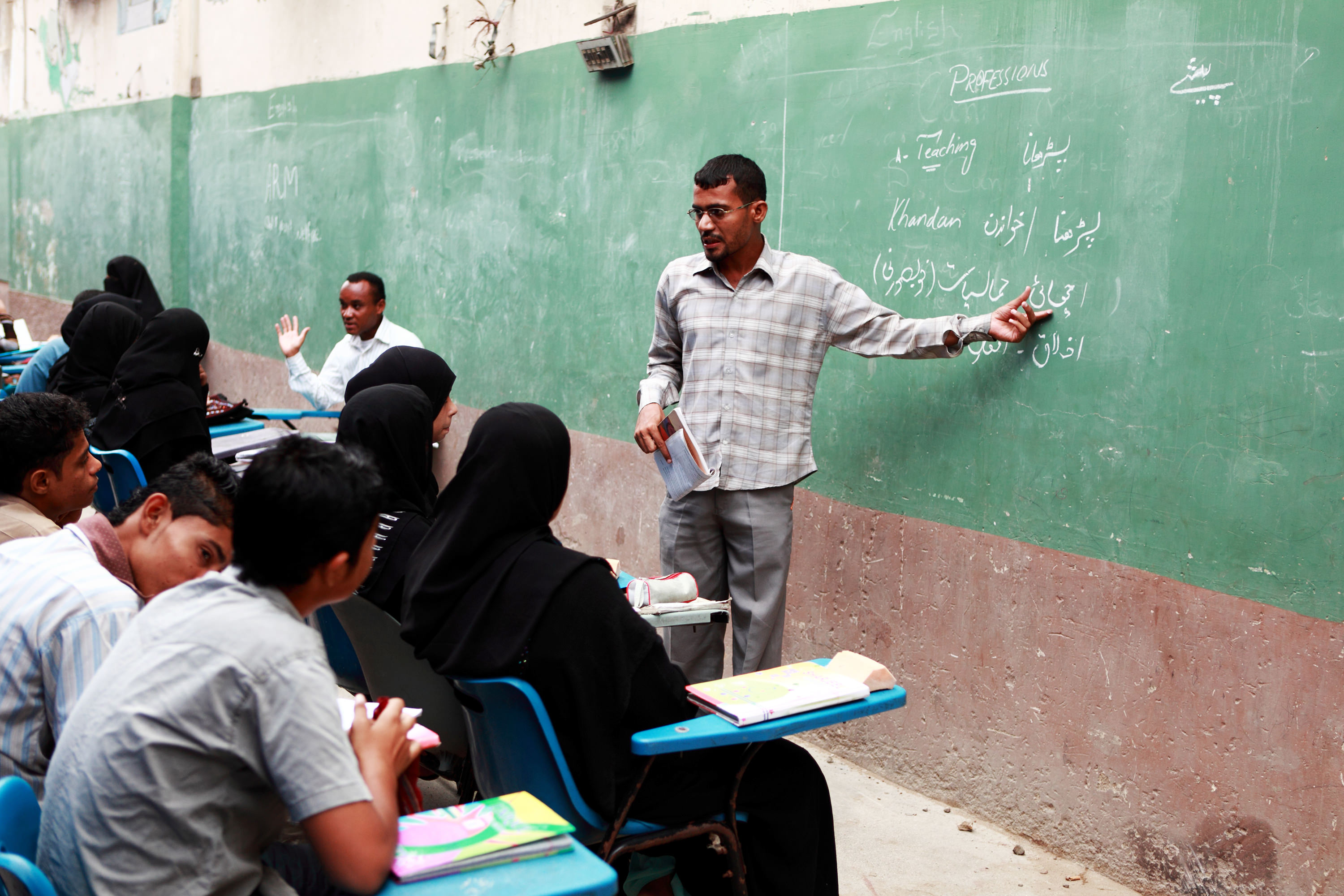The Punjab Economic Opportunity Programme: Evaluating Markets for Skill Acquisition and Employment project has examined the complete scope of all relevant decisions being made in the vocational skills market in target districts in Pakistan. This includes determining what courses to offer, examining the drivers of low take-up, relieving access constraints to markets, and returns to trainings and market linkages.
This project builds upon the Punjab Economic Opportunities Programme (PEOP, a DfID funded programme being implemented in Punjab, Pakistan), that gathers comprehensive household, employer, trainer, and market-level data in order to establish the current level of skill acquisition and take stock of skill mismatches and obstacles faced by individuals in acquiring skills, trainers, and employers in providing skills, and employers in effectively utilising these skills. To the extent of our knowledge, this provides the most comprehensive database related to skills in any LIC, and rivals what could be constructed from existing data in the most advanced industrial economies.
In studying the skills market, we identified a pre-training, training, and post-training stage. In the pre-training phase, participants either do or do not wish to receive training, which depends partially on the relevance and desirability of courses offered. Among those who wish to receive training, many are constrained by access. Those who do not find access constraints prohibitive enroll in training and learn new skills (to potentially varied extents of effectiveness) – this encompasses the training stage. In the post-training stage, trainees apply their newly learned skills to boost their incomes, potentially bringing economic benefits even to those who did not receive training. Our results show that both distance and social mobilization efforts have positive impacts on uptake of trainings, and that the access problem is especially prohibitive for rural women.
This project provides new insights into constraints to skill acquisition in rural populations. Focusing on access has helped us understand the market for skills and design better vocational training by examining the complete lifecycle of skill acquisition, beginning from the very first choice to acquire skills to leveraging the full benefit of one’s training.
